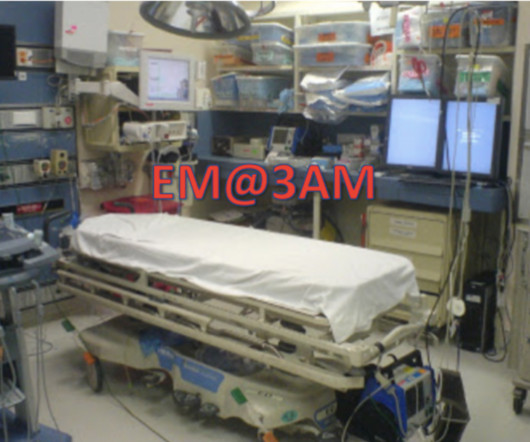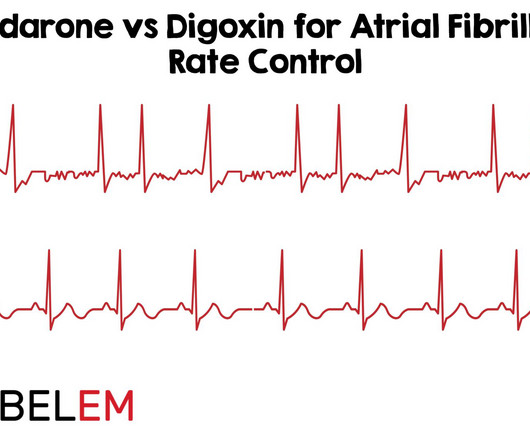EM@3AM: Leukopenia
EMDocs
JANUARY 25, 2025
PCP Pneumonia, Sepsis) can be discharged with initiation of Antiretroviral Therapy in consultation with Infectious Disease (ID) physician with full ID evaluation outpatient. Geneva: World Health Organization; 2016. 2nd edition. 2, CLINICAL GUIDELINES: HIV DIAGNOSIS.

















Let's personalize your content